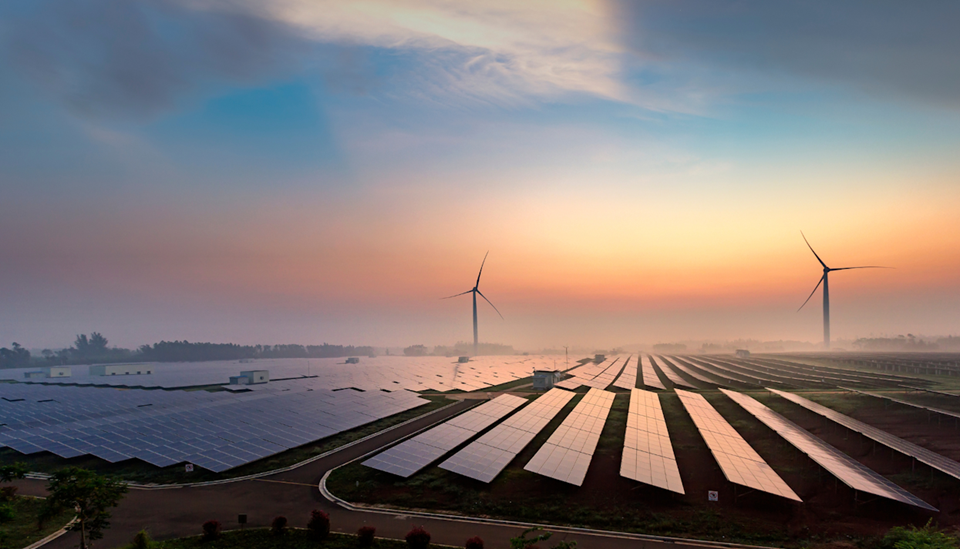Almost 40 percent of households struggle to pay electricity bills: Accenture

Almost 40 percent of households struggle to pay electricity bills, and most cannot pay a clean-energy premium, research from Accenture reveals. The research includes insights from the 2024 New Energy Consumer survey of 16,800 residential energy consumers across 18 countries.
It revealed 37 percent of households globally are experiencing challenges paying energy bills but only 36 percent reported being satisfied with their energy provider’s help saving on their energy bill.
The affordability challenge is universal. Many customers across all regions significantly struggle to pay their energy bills. Some have been hit harder than others – more consumers in North America (45 percent) and Latin America (47 percent) cited recent problems paying their energy bill compared to those in EMEA (33 percent) and APAC (29 percent).
The affordability challenge is compounded by the need for energy providers to invest in and enable global net-zero ambitions by 2050. Accenture’s economic modeling estimates that $115 trillion must be spent by the global power sector alone. However, passing on these costs to consumers could more than double the average amount of household income spent on electricity bills from 6 percent to 14 percent by 2050, laying bare the case for rapid and radical action, including implementation of new customer-centered business models, innovative cost and productivity approaches and connected services to grow the business.
More than half (54 percent) of those surveyed reported being unwilling or unable to support paying a premium for clean energy investments, with 48 percent of that group citing energy affordability as the cause. The exception was 29 percent, disproportionately young, urban consumers, who were willing to pay a premium of more than 15 percent.
That’s not to say residential consumers aren’t interested in the transition to cleaner energy – 81 percent confirmed they are. They just don’t necessarily see it as their responsibility to fund these initiatives through their energy bill, though survey respondents on average said they would be willing to pay a 9 percent to 10 percent increase in their average monthly energy bill for the transition.














